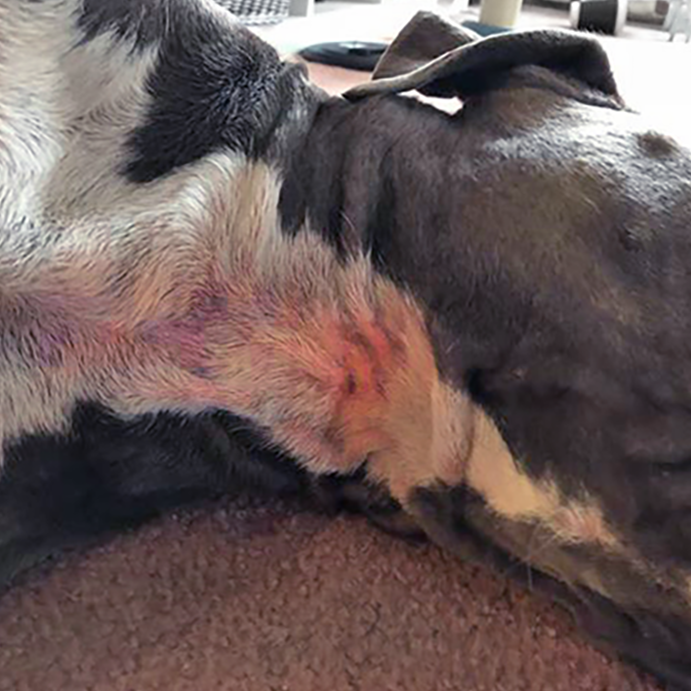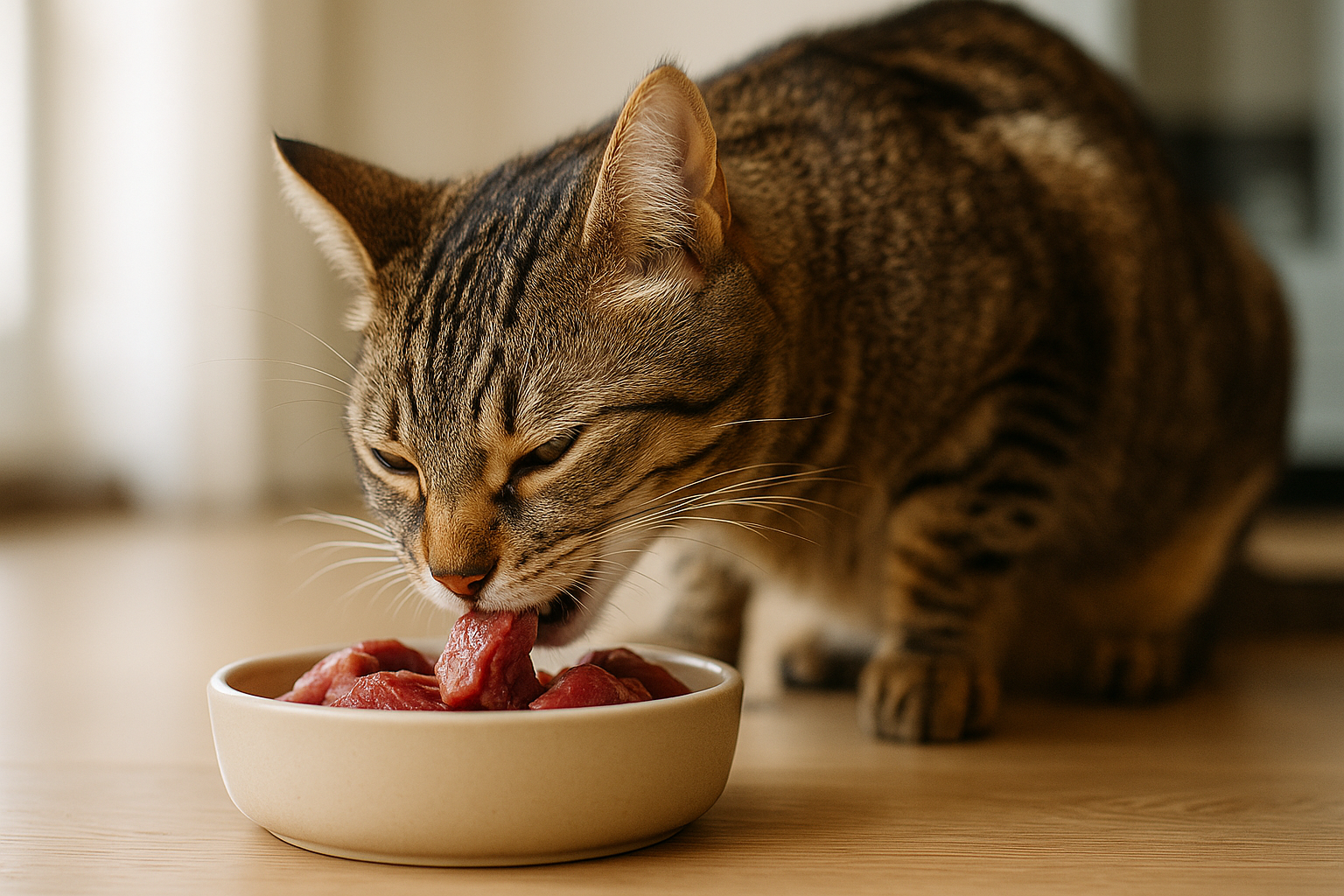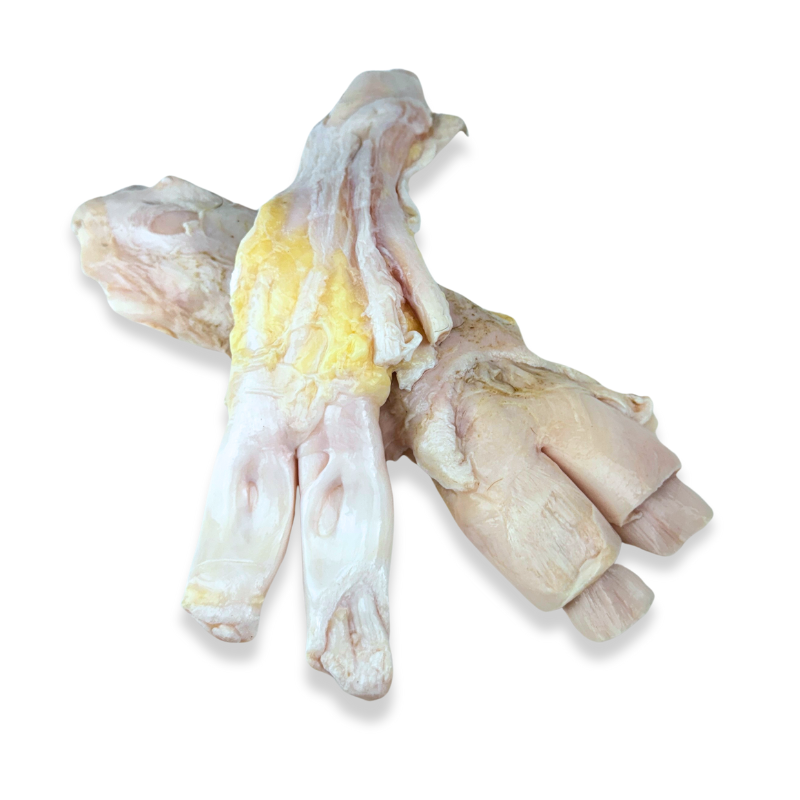
Yeast infection in dogs can be stubborn and frustrating and many dog owners are unable to figure out the cause. What if we tell you that treating yeast infections in dogs isn't as complicated as you think? Many issues can be resolved by merely changing the diet you are feeding your dog. Don't believe us? Let's shed some light on this.
Table of Content:
What Is Yeast?
Yeast is a spore-producing and naturally occurring fungus found on the skin and intestines of dogs. But in small numbers! Interestingly, yeast helps dogs digest their food. But problems arise when yeast grows in excess!
When your pet's healthy skin, gut flora, and immune system fail to control yeast growth, the fungus thrives, resulting in dermatitis. Typically, two yeast species are responsible for most infections in dogs, including Candida Albicans and Malassezia.
How To Tell If Your Dog Has Yeast?
Signs and behavioral changes in dogs that should be considered a red herring include
-
Excessive chewing or licking of a particular area
-
Hair between the toes, chest or underbelly turning dark rusty-red
-
Change in skin color and texture
-
Hair loss
-
Foul odor from dog or ears
-
Hair becoming excessively oily and greasy
-
Frequent Diarrhea
Keep in mind that ear mites and yeast infections can present in similar ways. Distinguishing between the two is mandatory. The crucial difference is that ear mites cause a dark waxy, or crusty discharge from the ear and are barely visible.
What Causes A Yeast Infection?
A lot of factors can increase the risk of infections. Yeast is normally kept under control by friendly bacteria in your dog’s digestive tract. The friendly bacteria compete with the Candida for survival and naturally this reduces the amount of yeast present. When yeast is allowed to overpopulate, the lining your dog’s gut is irritated and compromised. This lining prevents harmful bacteria, viruses and yeast from entering the blood stream via the intestines. Out of control yeast causes inflammation which widens the cell lining the intestines to widen. When this happens, leaky gut condition occurs that is - yeast and toxic substances are able to exit the gut tract and enter your dog’s blood.
And one of the most significant contributors to yeast overpopulation ones is eating dry kibble dog food. Kibble is full of starches and sugars and yeast thrives on these. if your pet has poor nutrition, it’s immune system loses its capability to ward off infections and unfriendly bacteria. Hence, the dog will suffer from not only yeast infection but many other health issues.
Other causes of yeast infection include
-
Moist environment
-
Excessive exercising and time outdoors in the sun
-
Poor hygiene
-
Trapped foreign objects inside the ear.
How To Treat Yeast Naturally With Raw Food Diet
Timely intervention is mandatory to control yeast infection before it spirals out of control or manifests into another health problem.
First your dog needs a carb-free balanced natural raw diet with appropriate nutrition to keep its immune system healthy and functional. No kibble, bread, rice or any carbohydrate - all must be removed.
You have to make the environment inhospitable for yeast so that it stops growing. Yeast loves heavy metals, starch, carbohydrates and sugar. If you continue feeding your dog dry processed food, you will never be able to get rid of the infection.
Everything with chemical preservatives should be removed from its diet, including canned food.
Feeding natural raw foods such as meat,organs and raw meaty bones starves the yeast and nourishes your dog. Natural foods not only build the immune system but are excellent for dogs and cats gut flora. This is a long-term solution to stop recurrent yeast infections.
* Note that an imbalanced raw diet will inevitably lead to poor immunity putting your dog at risk. Therefore, feed it organs and offal for vitamins and green tripe for gut health. Olive oil, garlic, and rosemary herb are also excellent food choices for combating Candida yeast fungus.
Managing a dog yeast infection isn't really challenging if you get to its root cause.



